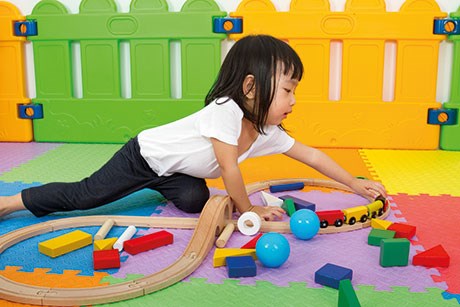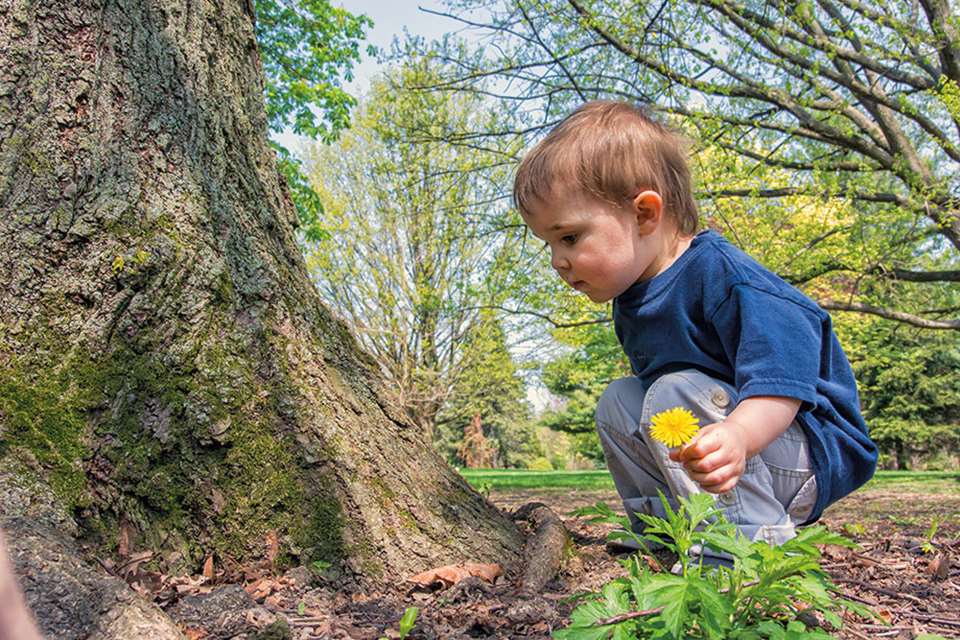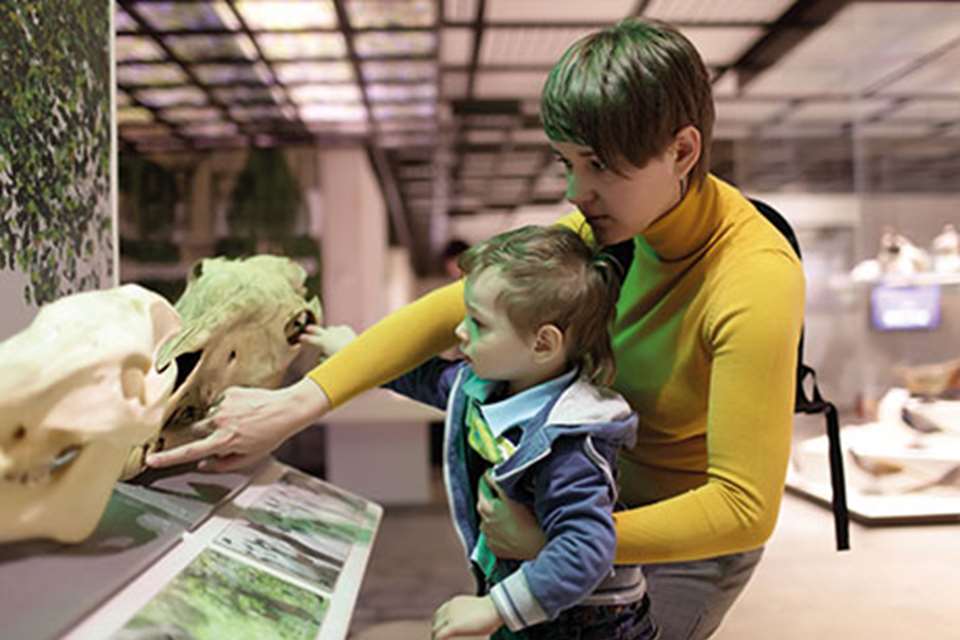EYFS Activities: Essential experiences… transport
Penny Tassoni
Monday, February 19, 2018
Taking young children on public transport will be exciting for them as well as developmentally beneficial, explains Penny Tassoni

Download the PDF of Essential experiences...Transport
Many children love going on a bus or a train, especially if they usually travel by car. Public transport may be a necessity for adults, but for children, just boarding a bus or a train can feel like the start of an adventure. This means creating opportunities for them to experience different forms of travel can be an adventure.
BENEFITS
Going somewhere by bus, train or even by boat can provide many developmental opportunities.
Opportunities to interact Children are likely to have plenty of questions and comments as they use public transport. They may point out different features or make connections about when and how they travel.
Vocabulary development There is a range of specific vocabulary that is linked to transport. First, there are words that link to the physical characteristics and environment such as ‘rail’, ‘seat’ and ‘aisle’. Then there are also words that relate to using the transport such as ‘ticket’ and ‘board’.
Social development One of the skills that children have to learn is to adapt their behaviour according to the situation that they are in. During a trip on public transport, children can be guided to learn the ‘hidden’ social codes that most people use. These include allowing others to get off first and taking turns.
Understanding of the world New experiences help children make connections with existing knowledge. Some children may talk about a family member who takes the train or bus to work. Other children may have played with toy trains or have seen a book about buses. Where children are able to make connections, it can help them develop a greater understanding of the world.
PLANNING A PROGRAMME
How many different forms of transport children can experience will depend on the location of your early years setting. Ideally, it would be wonderful if children could experience more than one type of transport. Children do not have to go far. Some early years settings take their children on a bus for one stop and then walk back to the nursery.
Practical matters
As with any outing, it is important to do a thorough risk assessment to ensure the safety of children and adults. This will include thinking about how children will be kept together and also the physical hazards that may be present – none of which is insurmountable, especially if children go in small groups.
A good tip is to make contact with the transport provider well ahead of time. With advanced warning, many companies will go out of their way to help. This might include setting aside a train carriage or allowing more time at a stop for children to get on or off.
It is also worth talking to children ahead of time and showing them clips of different types of transport or sharing stories with them. This can help them to get more out of their experience on the day.
Building on children’s learning
Using videos or photos, you can record children’s journey on public transport. This might include getting on and off, as well as features of the transport such as the wheels and folding seats.
Afterwards, you can encourage children to talk through their journey and encourage them to sequence the events in order and/or to make a book or display with them.
As well as talking through the journey, children can also relive and build on their experiences through role play. It can be worth, for example, creating a ‘route’ so that children can take a bus or train from the home corner to somewhere else. Outdoors, we can create bus shelters, and pretend platforms that are used in conjunction with wheeled toys.
Finally, you could also look at a range of books where transport is involved, such as You Can’t Take An Elephant on the Busby Patricia Cleveland-Peck and David Tazzyman (Bloomsbury Children’s Books).

HOME LEARNING
Parents are often surprised that their children are interested and excited by using public transport. If we send home photographs and comments that their child has made, this will encourage parents to replicate or build on the original experience.
Parents can also point out signs for the station and bus stops when they are walking or driving. In addition, parents can also talk to their children about what they can see at the roadside. This might include counting the number of cars of a certain colour or watching how the traffic lights change colour.








